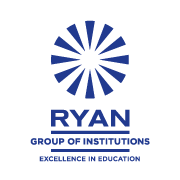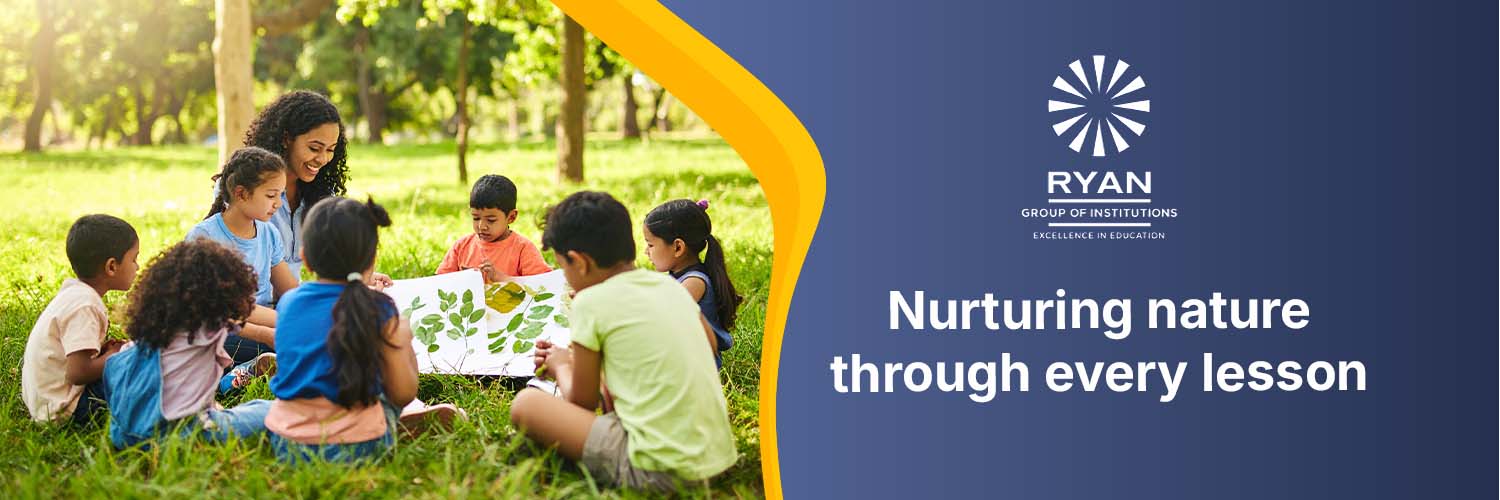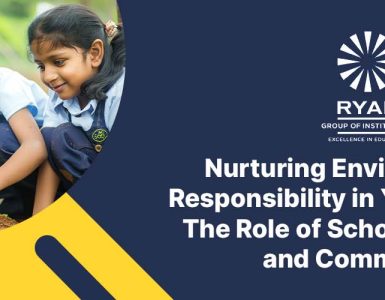Every year on 28 July, World Nature Conservation Day reminds us of our responsibility to protect the environment. And what better place to start than with the youngest generation? When kids are encouraged to appreciate and care for nature early on, these values stick for life. But let’s face it, telling a five-year-old to “conserve natural resources” may not spark instant interest. That’s where creativity comes in.
Here are some fun, hands-on ways to introduce young children to environmental education without a single boring lecture.
1. Nature Scavenger Hunts
Turn a simple walk in the park into a mini adventure. Create a list of things to find—like a pinecone, a feather, a yellow leaf, or a bird call. This activity sharpens observation skills while helping kids connect to the natural world around them.
Pro tip: Use the opportunity to talk about why each item matters to the ecosystem.
2. Plant a Garden or Mini Forest
Whether it’s a backyard, a balcony, or a few pots on a windowsill, growing something is magical for kids. Let them choose seeds, dig in the soil, water the plants, and watch them grow. It subtly teaches patience, responsibility, and the basics of plant life.
Bonus idea: Assign each child a “tree friend” to track growth through drawings or photos.
3. DIY Crafts with Recyclables
Teach kids the value of reusing materials by turning old boxes, bottles, and newspapers into craft supplies. Create bird feeders out of milk cartons, pencil holders from cans, or masks from cereal boxes. It’s a lesson in both creativity and sustainability.
4. Story Time with a Green Twist
Choose books that talk about nature, animals, and the planet. Stories like The Lorax or The Great Kapok Tree introduce environmental themes in an age-appropriate, engaging way. Follow it up with a conversation or drawing activity to reinforce the message.
5. ‘Green Jobs’ Pretend Play
Set up imaginative play stations—like a forest ranger’s tent, a wildlife vet’s clinic, or an eco-scientist’s lab. Kids love pretending to be grown-ups, and this playtime helps them envision roles where people care for the Earth.
6. Eco-Themed Games and Songs
Sing catchy songs about recycling or the water cycle. Play sorting games to identify what’s biodegradable or not. Incorporate movement, rhythm, and fun to make concepts memorable.
7. Celebrate ‘Earth Hero’ Moments
Create a simple rewards system where kids earn badges or stars for eco-friendly actions like saving water, switching off lights, or helping with a clean-up. Celebrate their efforts so they feel proud of protecting the planet.
8. Interactive Documentaries and Videos
Short, animated documentaries or interactive apps with nature themes can hold young attention spans and make abstract ideas tangible. Follow up with simple questions or a drawing activity to reflect on what they’ve learned.
9. Visit Eco-Spaces
Take a trip to a botanical garden, bird sanctuary, science center, or eco-park. Seeing conservation in action can leave a lasting impression—and spark conversations that no textbook ever could.
10. Create a Nature Journal
Encourage kids to sketch things they see in nature, jot down observations, or paste in leaves and flowers. Over time, this journal becomes a personal connection to the environment and a reflection of their growing awareness.
Small Seeds, Big Change
You don’t need grand projects or complex lessons to teach kids about conservation. Small, joyful, consistent experiences create a mindset of care, curiosity, and responsibility toward the environment. This World Nature Conservation Day lets us commit to raising children who don’t just learn about the Earth but love it deeply.
After all, the future of our planet lies in the tiny, eager hands we guide today.




